 Western Art Movements I
Art Movements
Western Art Movements I
Art Movements

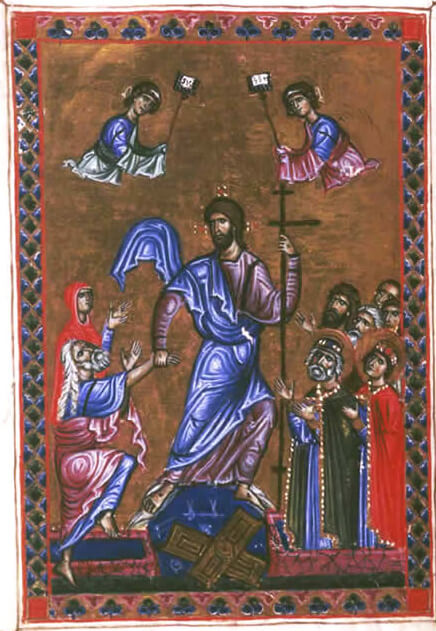
 Western Art Movements I
Art Movements
Western Art Movements I
Art Movements

Study the artwork for one week.
Over the week:
Featured Movement:
Movement Characteristics:

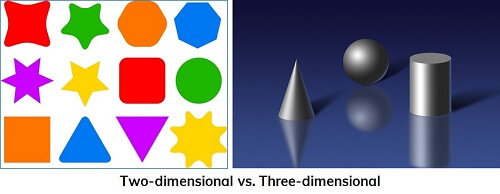
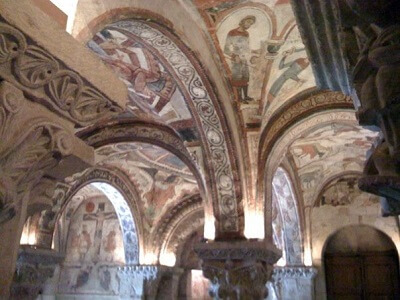
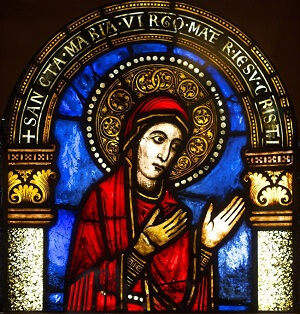
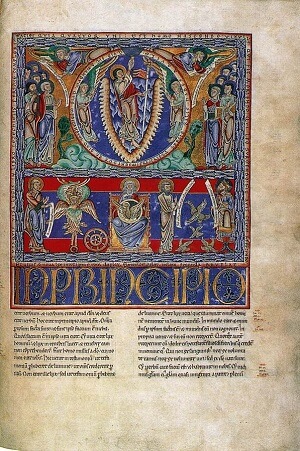
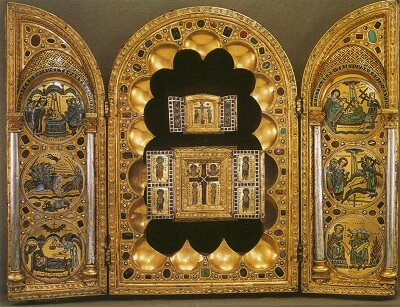
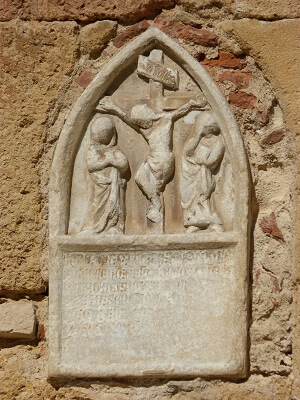
Movement Subjects:
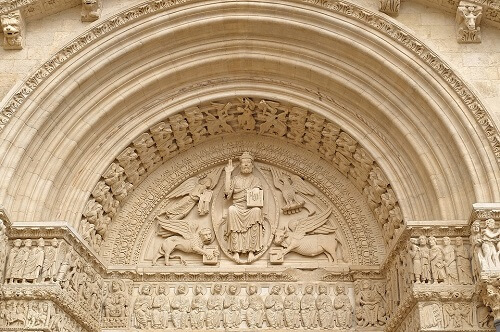
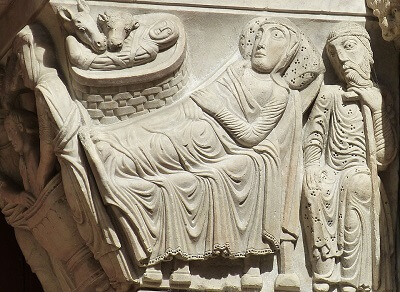
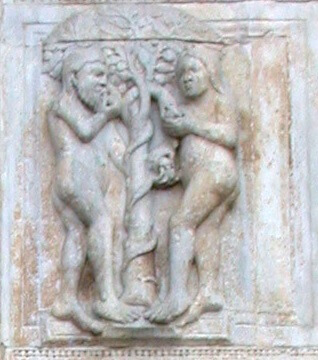
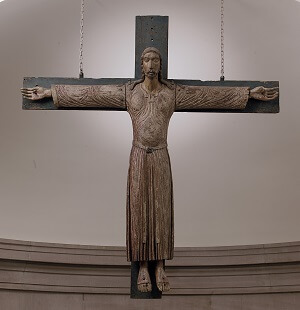
Architecture of the Time:
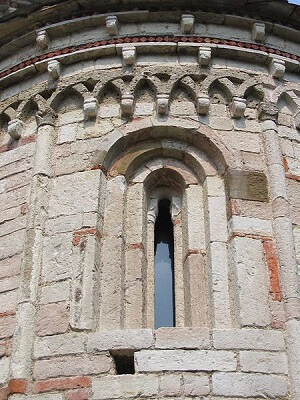
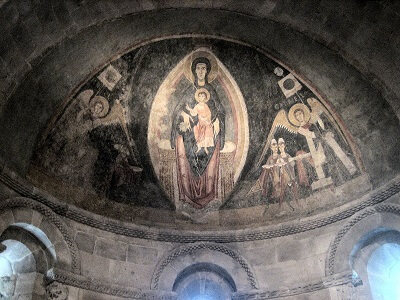
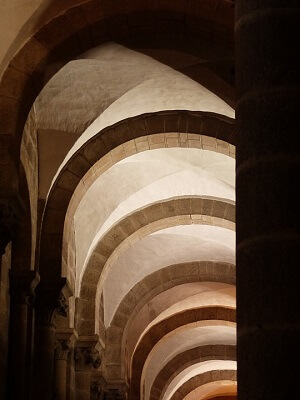
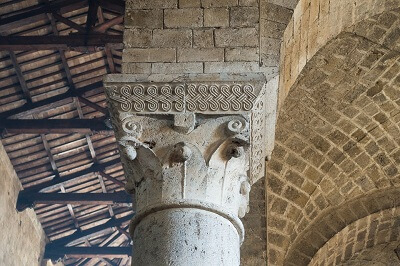
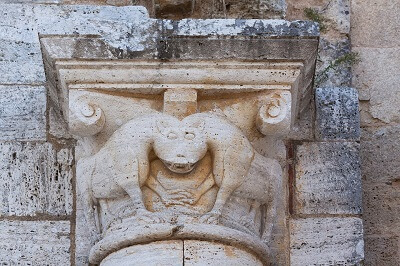
Activity 1: Can You Find It?
Find the following in the artwork:

Activity 2: Narrate the Artwork
Activity 3: See the Church of the Holy Sepulchre
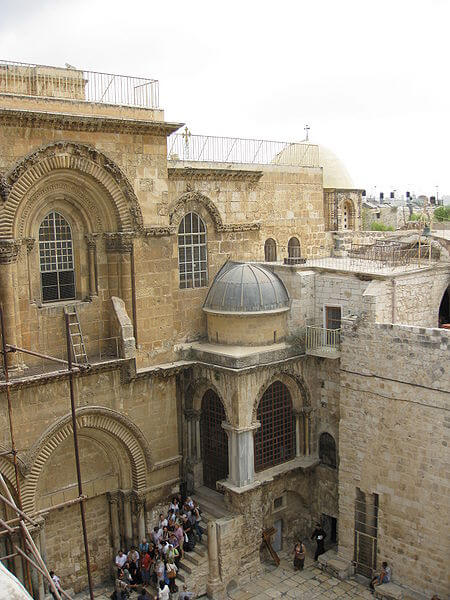
Activity 4: Map the Artwork

Activity 5: Classify the Artwork

Activity 6: Recreate the Artwork
